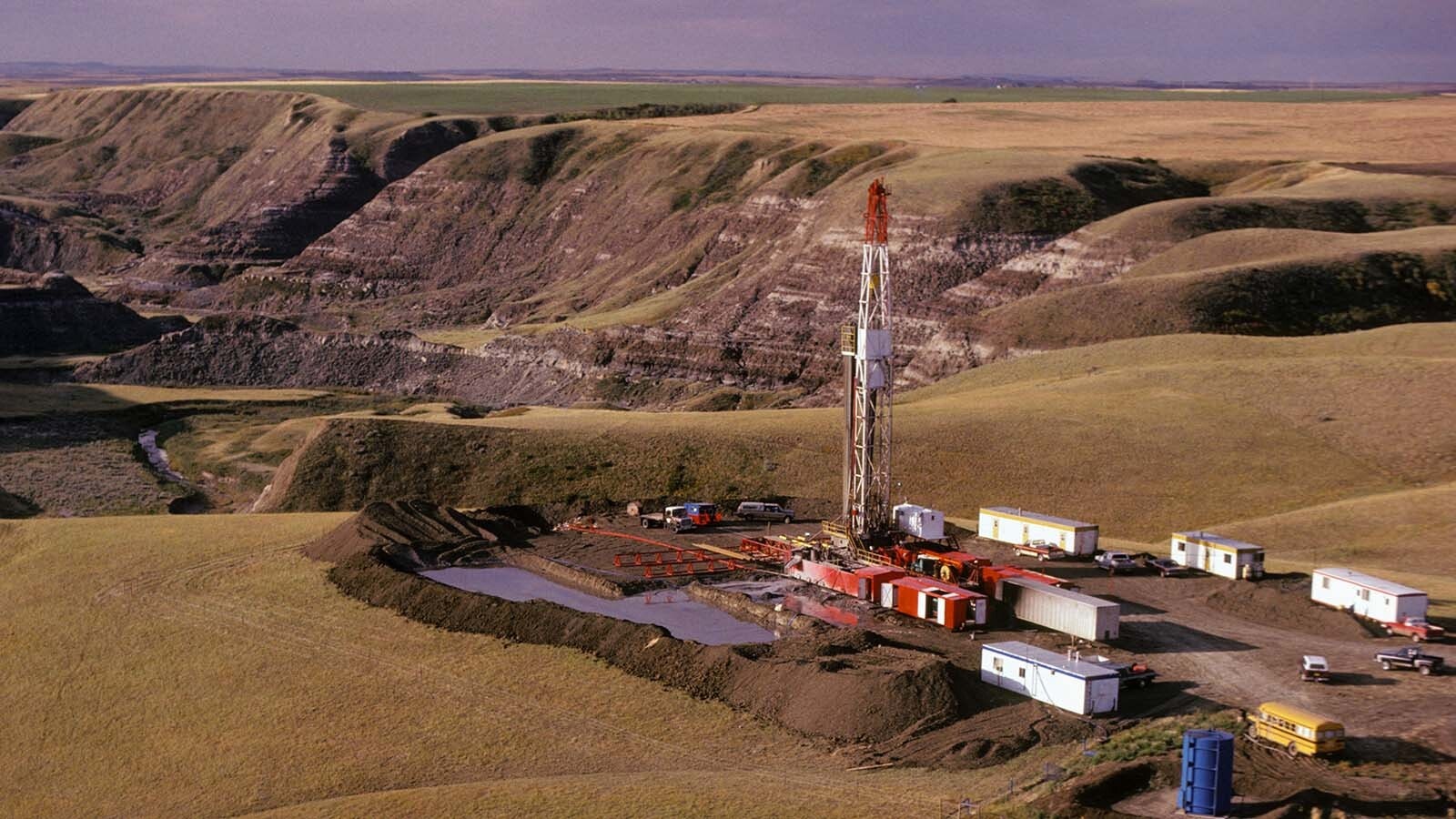Residents of Laramie were no more supportive of a requested 30% electricity rate increase by Wyoming’s largest utility than were residents of Casper and Riverton.
“I think it’s time that Wyoming sends the message that we’re done carrying the water for these green initiatives-pushing and ESG-toting multibillion dollar companies,” said Kari Zimmerman, a resident of Albany County, during a Monday Wyoming Public Service Commission meeting.
The PSC is holding a series of public hearings to get feedback from residents, businesses and industry on requests from Rocky Mountain Power for two rate increases that combined will raise energy costs nearly 30%.
Previous meetings were held in Casper and Riverton, both of which drew large crowds. A final meeting prior to the official hearing in Cheyenne on the request Oct. 25 will take place in Casper on Oct. 12.
RMP Statements
Stacy Splittstoesser, regulatory affairs manager for RMP, said the main driver of the larger rate increase of 21.6% is net power costs, which is what it costs the utility to provide power to customers. That increase, if approved, would result in an average monthly increase of $16.20 for the typical residential customer.
A second increase the PSC is considering is a 7.6% general rate increase, which RMP says it needs to cover the cost of fuels during periods of high demand, such as the December 2022 cold snap.
While much of the feedback from the public at the meetings has been critical of RMP’s investments in renewable energy, the company maintains that renewable energy has nothing to do with the requested increases.
Instead, company representatives argue it’s saved Wyoming customers money thanks to generous federal tax credits for wind power.
Snowball Effect
Zimmerman said that multibillion-dollar companies have an agenda to push green energy and retire coal-fired power plants arbitrarily before the end of their useful lives.
She said that, as a livestock owner, she is an above-average electricity consumer. Her house is 100% electric, including her appliances and heat, as are the electric heaters for her livestock.
The increases would not only affect people, Zimmerman said, but also livestock operations and other businesses that would be harmed. She said that it becomes a snowball effect, as Wyoming businesses pass on utility cost increases to their customers.
For example, Zimmerman said her son’s gym increased its tuition twice over the last year as a result of increased electricity and gas bills.
By approving the rate increase, Zimmerman said it's placing the burden for renewable energy costs onto the people of Wyoming.
“By subsidizing Rocky Mountain Power, we’re actually subsidizing our own demise. It really does need to stop, and it starts at a local level,” Zimmerman said.
Cheap Coal
Kevin Kilty, a Laramie resident and RMP customer, disputed the company’s claim that 95% of rate increase is net power costs.
Kilty pointed out that in the company’s application, RMP states that the case is primarily driven by continued capital investments in transmission lines and wind repowering projects, which is where the company refurbishes wind turbines. Net power costs are the second item on the list of drivers of the company’s request.
Kilty also disputed RMP’s claim that increased coal costs are driving up its cost of delivering power.
According to the U.S. Energy Information Administration, Powder River Basin coal prices, aside from a spike in late 2021, have been essentially flat since as far back as January 2011. They’re currently slightly higher than they were prior to the spike by a couple dollars per short ton.
“Those prices have been just flat as a pancake since 2016. Wyoming coal is relatively cheap,” Kilty said.
He said that on an energy basis, Powder River Basin coal prices are 33% of the current price of natural gas, which is to become the company’s primary baseload power source.
Volatile Gas
Natural gas prices at the Louisiana hub that the company cites for its pricing have been quite volatile, he said. The invasion of Ukraine, as well as the destruction of the Nord Stream Pipeline, left Europe heavily dependent on other sources of natural gas than Russia.
Despite all that disruption, Kilty said the price is now back to the low spot of a typical year. These prices he was pointing to are spot prices, which is what it costs to buy the gas on short notice, as opposed to a long-term contract.
“I can’t believe that Rocky Mountain Power, sophisticated of a company as it is, doesn’t have long-term contracts and doesn’t use hedging strategies to protect itself from volatile spikes,” Kilty said.
He said it’s possible it was just a case of bad luck, and since they were putting together the application last fall, it’s possible they were going off of what the natural gas price was at the time.
However, as the company retires cheap coal-fired power plants and becomes increasingly reliant on natural gas, it’s going to be vulnerable to these price problems.
As more utilities do the same, they’re all going to be placing more demands on the same natural gas supply, he said.
Rate Of Return
Kilty said it’s not reasonable to deny any rate increases. A utility needs to cover taxes, fuel costs, operations and maintenance, and depreciation.
He questioned the 10.3% rate of return that RMP is asking for in its application, which was previously 9.5%.
“That sounds pretty high,” Kilty said.
He said that while RMP has claimed that renewable energy has saved customers money, the cost of integrating an intermittent resource onto a grid that must maintain a constant supply of energy to meet fluctuating demands necessarily drives up costs.
Kilty pointed to other places that have had a large amount of intermittent, weather-dependent energy resources onto the grid — California, Texas, Australia, Germany and the United Kingdom — and they all have high energy rates.
“You see nothing but rate increases as you integrate more wind,” Kilty said.
Regulated Monopoly
Albany County Commissioner Pete Gosar, who spoke as a resident of the county and customer of Rocky Mountain Power, questioned the 9.5% rate of return.
He said that would allow a company to double its capital every several years.
Gosar said that as a regulated monopoly, a utility, which is now requesting a 10.3% rate of return, is asking too much.
“I don’t believe your average mom and pop, your average worker, your average single mom, should bear the rate of return by being charged excessively,” Gosar said.
Anne Brande, owner of Ludwig Photography, said her business has been hit hard by inflation over the last few years, and the rate increase would make it even harder.
She said her business is a prominent building that’s used by the community and the cost of its utilities has been rising.
Brande said that 85% of all energy development in the state is happening in Albany County, which is all wind projects.
“It’s not a Wyoming taxpayer's responsibility to subsidize Rocky Mountain Power’s energy agenda moving forward,” Brande said.





